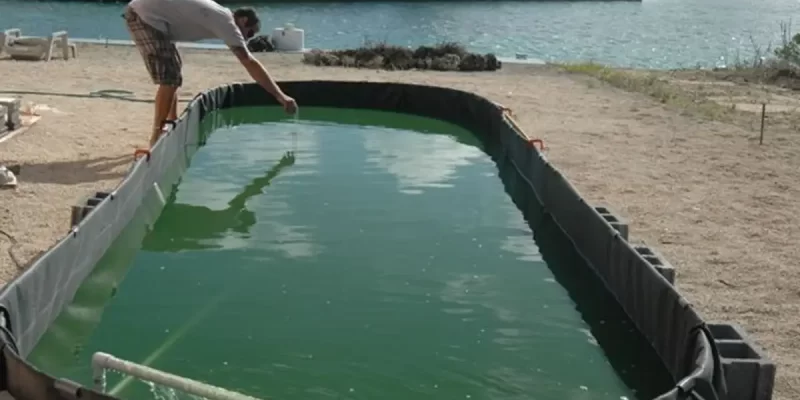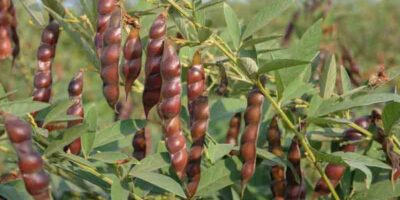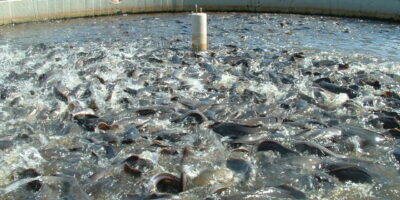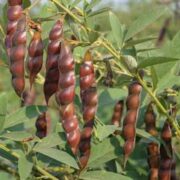Spirulina Cultivation: In the world of superfoods, Spirulina stands as a remarkable contender, captivating both health enthusiasts and entrepreneurs alike. This photosynthetically active, single-celled microorganism, belonging to the blue-green algae family or cyanobacteria, has secured its place as a powerhouse of nutrients. Its versatility in cultivation, impressive nutritional content, and potential for profitable enterprise make Spirulina a captivating subject for exploration.
Spirulina’s nutrient profile reads like a health manifesto. Just 7 grams of dried Spirulina deliver a mere 20 calories, yet pack in 4 grams of protein, 1.7 grams of digestible fats, and a wealth of essential nutrients. Among them are thiamine (11%), riboflavin (15%), niacin (4%), copper (21%), and iron (11%). It’s worth noting that Spirulina doesn’t shy away from healthy fats, offering a balanced blend of omega-6 and omega-3 fatty acids. With potent antioxidant and anti-inflammatory properties, Spirulina steps in as a defender of cardiovascular health, effectively lowering bad cholesterol while elevating the good. Blood lipids, blood pressure, and blood sugar all fall under its positive influence.
Also Read: Aeroponic Farming: Revolutionizing Potato Aeroponic Cultivation
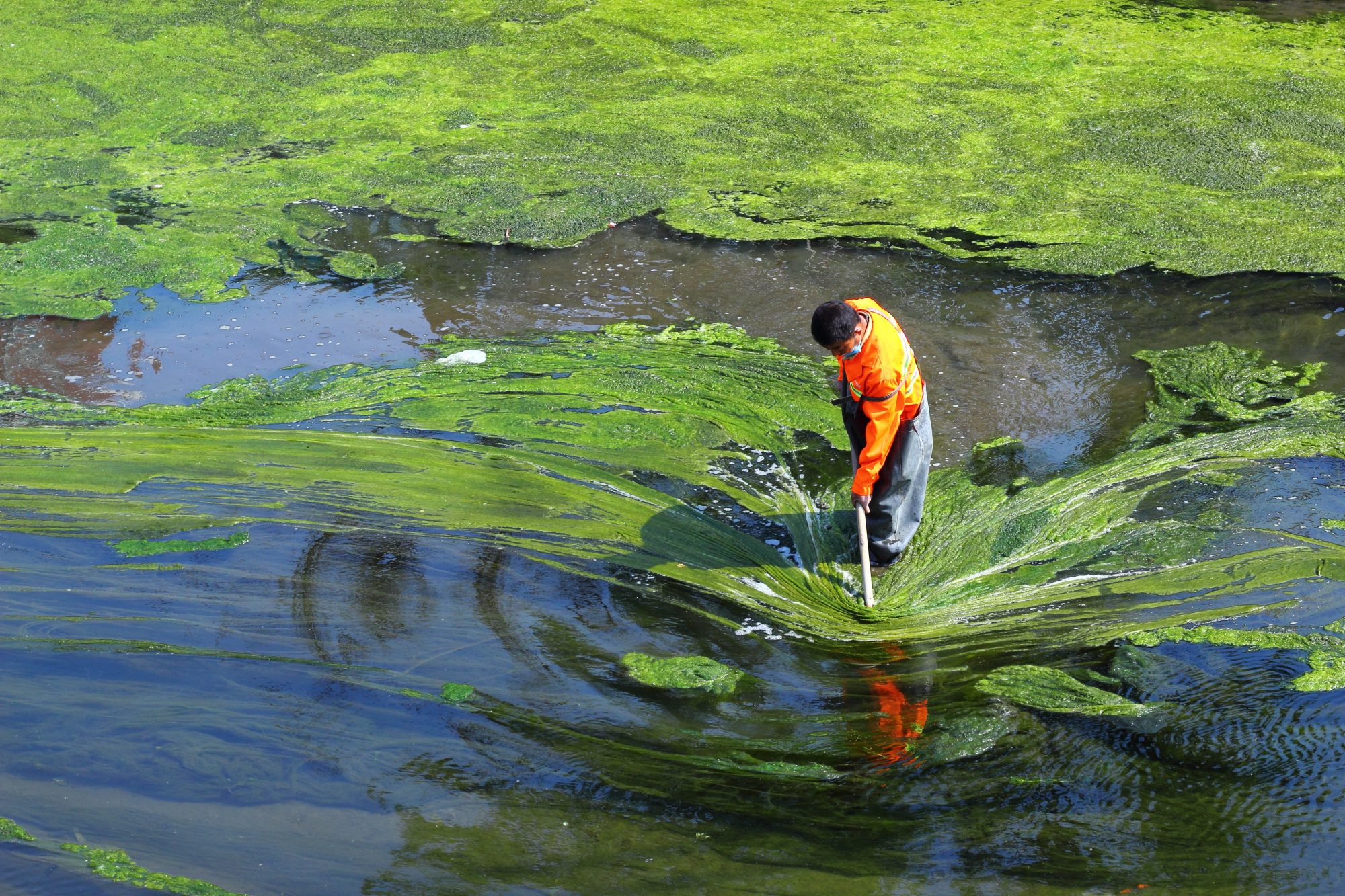
Spirulina’s Cultivation in Pond
The allure of Spirulina cultivation lies not only in its nutritional powers but also in its economic potential. This adaptable microorganism thrives in diverse environments, whether it’s a fish tank, a pond, or a carefully chosen container. While it can flourish in both fresh and hard water, Spirulina finds its prime habitat in alkaline waters. However, the journey to success requires adherence to a set of precise practices. Temperature, ranging between 25-38°C, holds the key to robust growth. Ensuring ample light exposure and proper aeration through air pumps are crucial components of this endeavor. Cultivation demands a nutrient-rich medium, typically a blend of plain water and key ingredients like Sodium bicarbonate, Magnesium sulphate, Potassium nitrate, citric acid, urea, Calcium chloride, Iron sulphate, and Ammonium sulphate.
After a patient span of 2-3 weeks, Spirulina stands ready for harvest. The process involves using filters or mesh cloth to eliminate excess water, followed by sun-drying and crushing the algae into a fine powder. This powdered gold is then carefully stored in airtight containers, ready to grace the market shelves.
Also Read: Black Wheat Farming: Say Hello to Nutrient Packed Black Wheat For Your New Healthy and Tasty Choice!
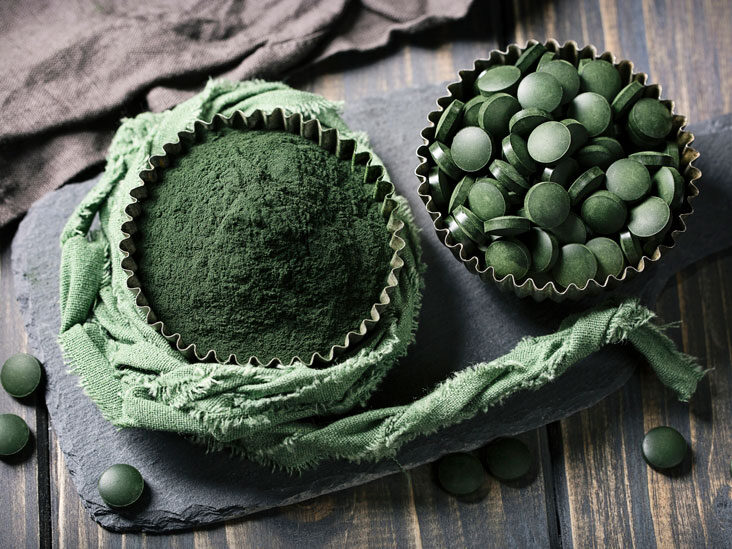
Spirulina’s Cultivation
Spirulina cultivation isn’t just a means to profit; it’s a journey to personal satisfaction and tranquility. The market value of Spirulina powder, soaring at Rs. 1000 per kilogram, promises substantial returns. Even after accounting for expenses, a monthly profit of Rs. 30,000 can be easily achieved. Beyond financial gains, cultivating Spirulina offers the gratification of seeing the fruit of one’s labor flourish.
As the allure of Spirulina continues to captivate attention, its cultivation emerges as an opportunity that combines nutrition, sustainability, and entrepreneurship. This microorganism, once a secret energy source for astronauts, has now taken center stage as a promising venture. Spirulina cultivation is a rising trend that not only promises healthy returns but also enriches the soul through the art of farming. The journey from pond to profit is indeed a path worth exploring.
Also Read: Elevating Greenery: The Flourishing World of Terrace Gardening in Urban Landscapes

